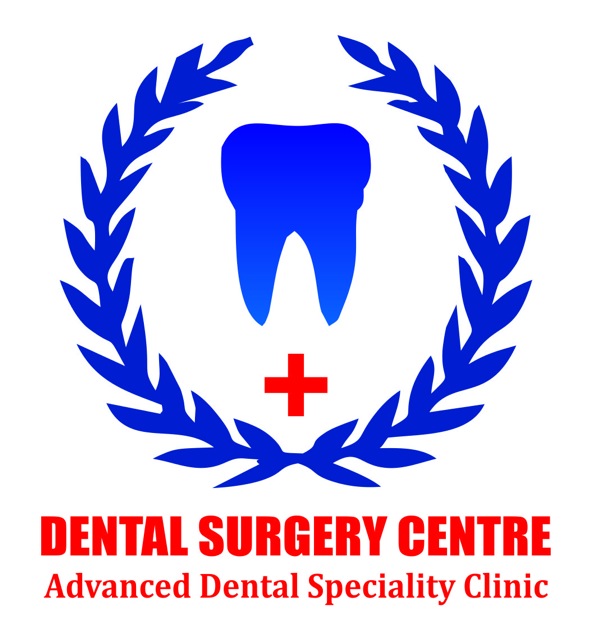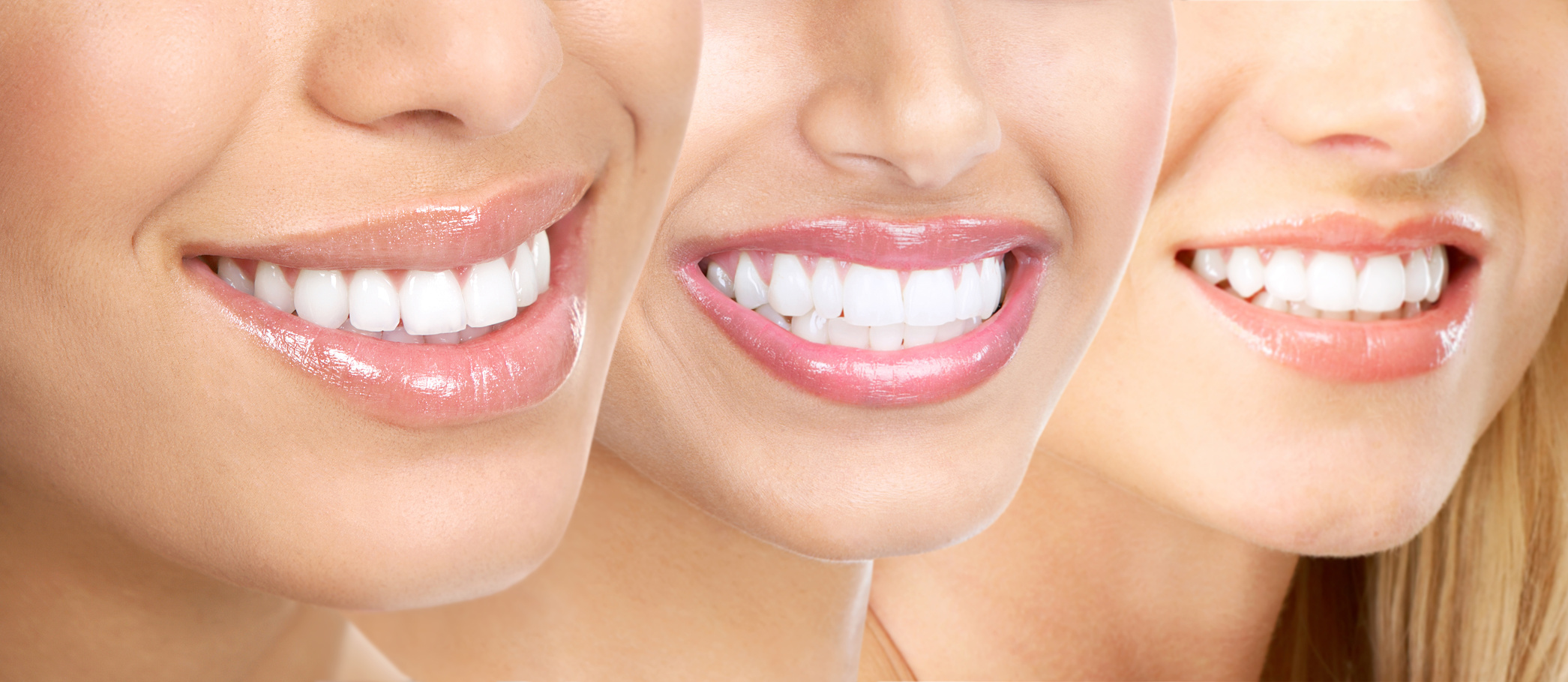Frequently Asked Questions.
 Basal implantology ,alsow known as bicortical implantology or just cortical implantology is a new category with new broad indications and almost no limitations. Basal implantology replaces large fields of traditional implantology. Because basal implantology includes the application of the rules of orthopedic surgery.
Basal implantology ,alsow known as bicortical implantology or just cortical implantology is a new category with new broad indications and almost no limitations. Basal implantology replaces large fields of traditional implantology. Because basal implantology includes the application of the rules of orthopedic surgery.







Frequently Asked Questions.
Basal implants are dental implants that employ the basal cortical portion of the jaws for implant retention. These implants are uniquely and specifically designed for the sole purpose of gaining anchorage from the basal cortical bone and have gone through several changes and modifications in the past several decades
Advantages of the Immediate Loading Basal Dental Implants – prosthesis is fixed within 72 hrs. … Fast, Safe & Painless Dental Implant procedures with unique advantages of: Immediate loading. Avoidance of bone grafting.
Patients with Diabetes Less susceptibility to infections
Conventional dental implants are usually contra-indicated for use with diabetic patients. The main reason is that diabetes is associated with co-morbidities, including high susceptibility to infections, impaired wound healing, gingivitis, periodontitis and other related gum diseases and disorders. However, basal implants give very good results in controlled diabetic patients, simply because their smooth surface reduces the probability of sustained development of bacterial infection on their surface. What is more, the load-bearing area (basal cortical bone) is far-off from the areas of crestal alveolar bone where bacteria attempt to invade (in the case of conventional or crestal implants, also called bone, where they are anchored).
Implants load-bearing area is far-off from the area generally affected by smoking
Smoking is a well-known negative factor in implant restorations because it stops the blood flow to the oral tissue. This slows the healing process and leads to a higher risk of gingivitis and gingival recession which in turn leads to peri-implantitis. With smokers, the osseo-integration may be compromised, leading to the failure of the entire restoration. In the case of basal implants and immediate loading, the load-bearing areas are far-off from the ones affected by smoking. The early-stage loaded bridges also protect the gums from direct exposure to the smoke.
However, please keep in mind that smoking has a very cancerogenic effect on the surgical area. We strongly discourage smoking during the healing phase, at least for the first 3 days after surgery.
In patients with severe gum disease, conventional dental implants are contra indicated. This is mainly due to the higher risk of gingival infections causing implants failure. Usually such patients have multiple loose and mobile teeth which are painful. The inflamed gums bleed easily. However, smooth surface basal implants work entirely because they have less probability of developing bacterial infection and the load-bearing area is far-off from the gums.
These seemingly “hopeless” patients are very good candidates for full-mouth restorations with basal implants. Usually, during the procedure, all remaining teeth (the main source of infection) are extracted and replaced with implants. Within 3 days, even this type of patients get their new teeth loaded over the implants and can smile and eat normally.
Once the implants are integrated into the bone successfully, if proper care is taken, they should last for a lifetime. Of course, our body changes all the time and that’s why nobody can guarantee specific length of time, but in general they are supposed to last for a 5-10 or even 15 years.
There are studies on basal implants showing that more than 95% of all implants are still in place after 10 years. But here, too, the individual prognosis will be determined by individual factors: What does the rest of the dentition look like? How good is the patient’s oral care? Who did what and when? Not least to ensure that operator skills are always well-developed and consistently excellent, only authorized users may work with Cortical implants. And should the problem really occur, after all – well, Cortical implants can be replaced instantly.
There is no need any more to go through long and painful procedures for bone augmentation – sinus lift and bone graft. Basal implants utilize not only the bone height but also the the bone width. That’s why it is possible to treat cases where traditional systems recommend preliminary bone augmentation. Even diabetic patients, smokers and patients with severe gum disease CAN be treated with equal success.
Bones are composed of an internal spongy (cancellous) portion which is covered with a dense bone layer (corticalis). Each basal implant is placed in at least two points trough the corticalis (the so called bi-cortical support). The corticalis used for anchoring of the basal implants is a highly mineralized bone with a strong potential for regeneration. This ensures the highest level of integration of the implants and allows their immediate loading. Basal implants differ from crest (conventional) implants in the manner of placing, the manner of force distribution, but primarily by the planning and execution of the prosthetic construction and post-operative regime.
Basal implants have a smooth surface which does not allow bacterial colonization on surfaces which often leads to peri-implantitis and implant loss. Peri-implantitis is the most common cause for conventional implants failure. This happens mostly because of the rough implant surface, as well as the interface problems between the multiple parts of the implant (implant-abutment link). The use of monoblock smooth-surface basal implants minimizes the threat of peri-implantitis by almost 98%.
On the first day of your treatment the implants would be placed and usually on the third day the Long term provisional prosthesis bridge is cemented. So, during this period you would have some time without teeth which you could spend resting. During that time the wounds from the extractions/implants will recover a bit before the cementation of the Long term provisional prosthesis bridges.
Because they are anchored in the stable cortical bone. Because the implants are stabilized by the prosthetic structure during the healing period,- just like orthopaedic fracture places.
In connection with Cortical implants treatment, pain is usually minor. The amount of swelling differs from patient from patient. Other than in traditional screw implants, the following prosthetical works on basal implants is quite painless.
The surgical procedure can take anywhere between half an hour and 90 minutes, depending on what implants are needed where and how many. Add to that the short time needed for impressions, jaw relations, instructions. Both your gums and the dental technician need time to get ready for the fabrication of the definitive restoration. On 3rd day usually prosthesis is cemented and completion of the implant procedure.
The cost of treatment with basal implants , is not calculated per implant. Every case is individual and because of that, it requires individual treatment approach and respectively individual treatment cost estimation.
In any case the price – benefit ratio of the treatment with basal implants is far more in favor of basal implants comparing to conventional implants. That is due to the clever and simplified implants design, and innovative surgical techniques.
When the dental implant treatment has been calculated, normally the price of the implants, restoration, and the surgeon expertise are being considered. But just few of the patients, take in to consideration, the time spent because of the higher number and length of the visits. Few of the patients calculate the time when they will experience, some times serious discomfort, because of loss of normal chewing function, while waiting for the conventional implants to “heal”, or newly augmented bone to get its vitality and implant bearing capacity. Some times, in complex cases, when employing conventional techniques, it takes up to year, year and a half from the beginning to the desired end result- fixed teeth. The patients treated with the concept of basal implantology will get stable, fixed on implants teeth in just a few days, irrespectively of the complexity of the treatment.
The concept of basal implantology differs considerably from the treatment approaches in conventional dental implantology. That is why, only clinitians with appropriate and comprehensive training in basal implantology, are in position to treat their patients safely and successfully, while employing the techniques in immediate load protocols.
Yes, it is possible. And it is the preferred method also. Placing the implant in the same visit helps preserve both width and height of the bone and may prevent the need for placing bone grafts as bone naturally shrinks back after teeth are extracted. During the first year after teeth have been removed, as much as 40% of jaw bone width can be lost. If it is possible to place the implant in the same visit as the teeth are extracted, this can save at least three months of healing time compared to waiting for an extraction site to heal before the implants are placed. And in the single visit, both extraction and implant placement are completed. In single anaesthesia, both procedures are done. No need for multiple injections and multiple surgeries.
All commercially available dental implant is made of titanium alloy(T16A14v) which is bio compatible and highly resistance to fracture
Please contact your implantologist immediately. Mobilization (loosening) is sometimes simply a reaction of the bone to inappropriate loading or overloading. The advantage of Cortical implants compared to any conventional implant is that the bone remodelling process occurs deep inside the sterile bone. By contrast, if a conventional implant becomes mobile, pathogens will quickly enter the zone where the implant emerges from the gums, resulting in infection and, ultimately, implant loss. CORTICAL implants in this situation will stabilize if an occlusal correction is made in time
Although not a common issue, it could happen that the implant fixed bridge gets detached. In this case, please contact us. Usually you have two options. The first is to catch the next flight and visit our clinic to glue it here. In this case, medical service will be free of charge. The second option is to find a local dentist to do it. In this case you have to pay the medical service by yourself.
It is advisory for you to keep an eye on your implants and the stability of the bridges after you have had the restoration. If you notice that any implant becomes loose, sore or painful, or you exhibit any other symptoms as construction movement, you should contact us at the earliest opportunity. Keep in mind that the construction movement doesn’t always mean problems with the implants – it may be just a detachment. However, this has to be fixed without delay because any construction movement may provoke further problems with the implants.
Aftercare is very important if you wish to have long-lasting implants. Implants don’t require any special cleaning. You can take care in them the same way like for natural teeth. It is recommended to use soft brush after every meal or at least twice a day (morning, evening).
Initially after the implant surgery completion ,1 week check up,and one month check and 3 months check are sheduled, later Regular check-ups (every 6 months) after the initial treatment are recommended so that the implants are regularly monitored. If the dentist should discover an issue at an early stage, we can plan appropriate treatment to remedy the matter. You can visit your local dentist also for routine check-up. If you have any questions or difficulties, you can contact us.




